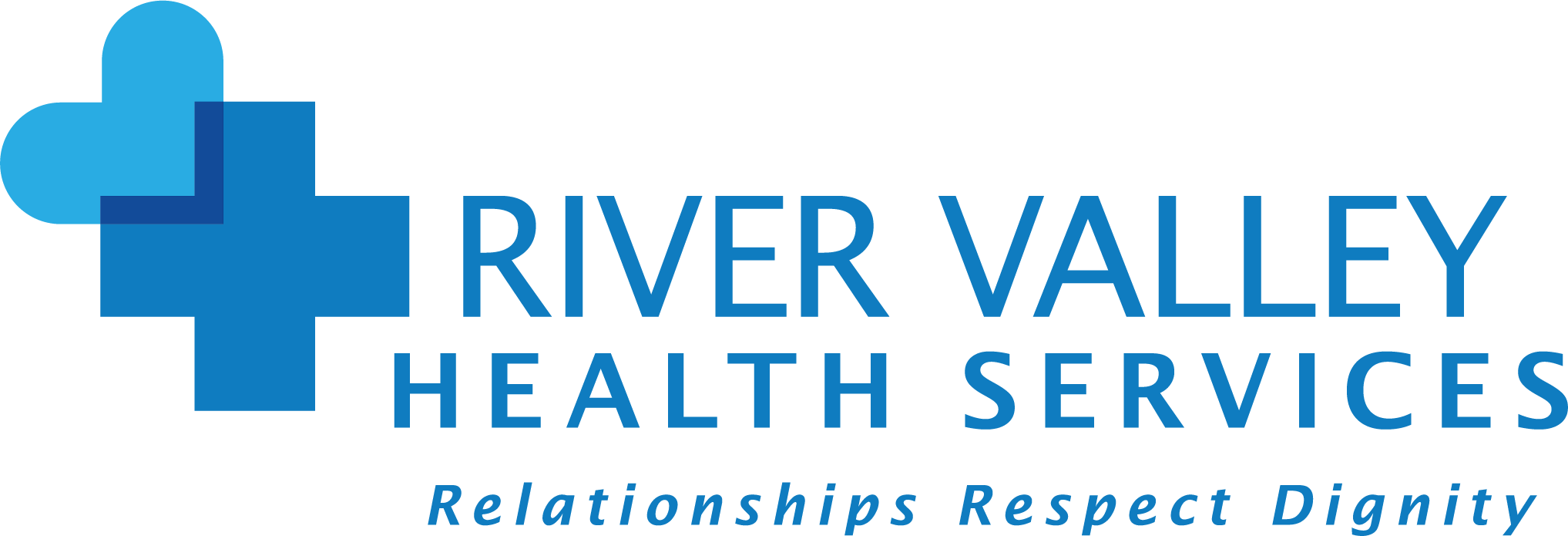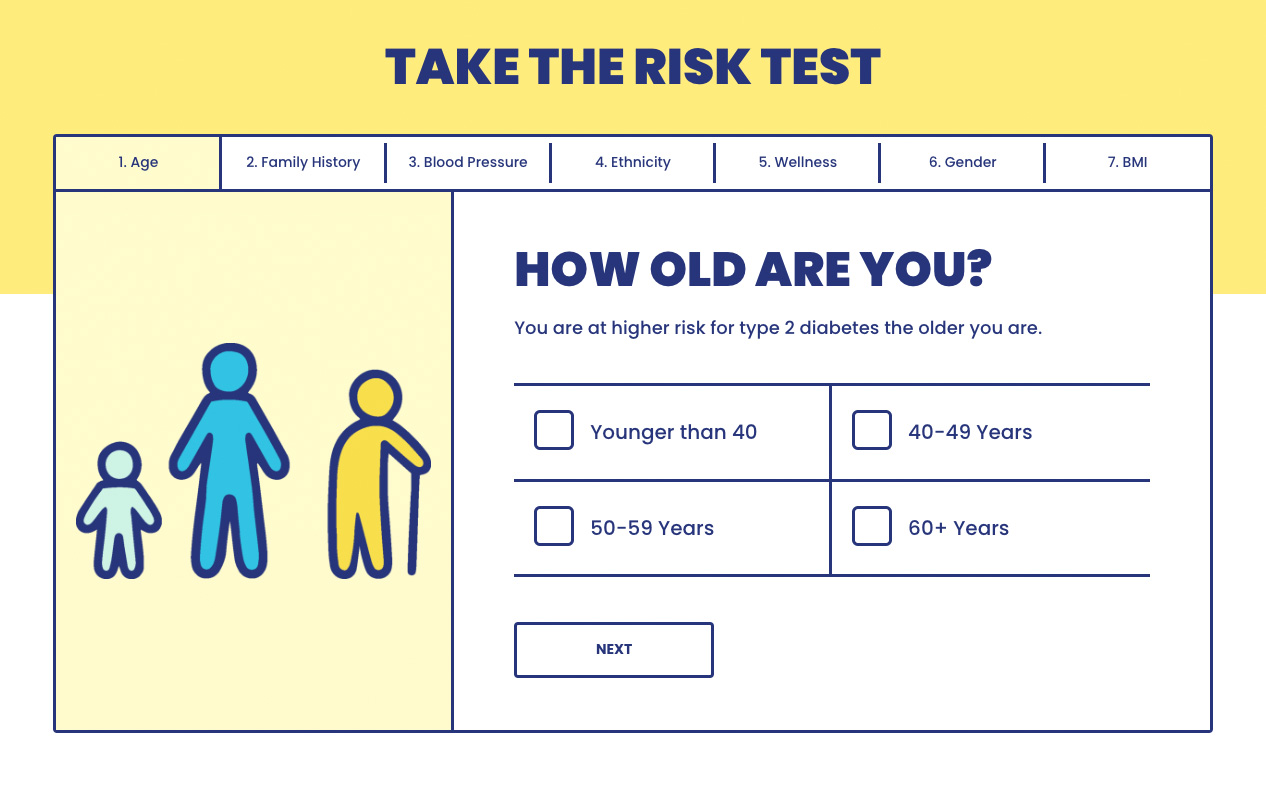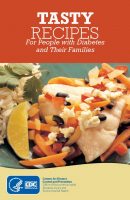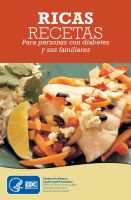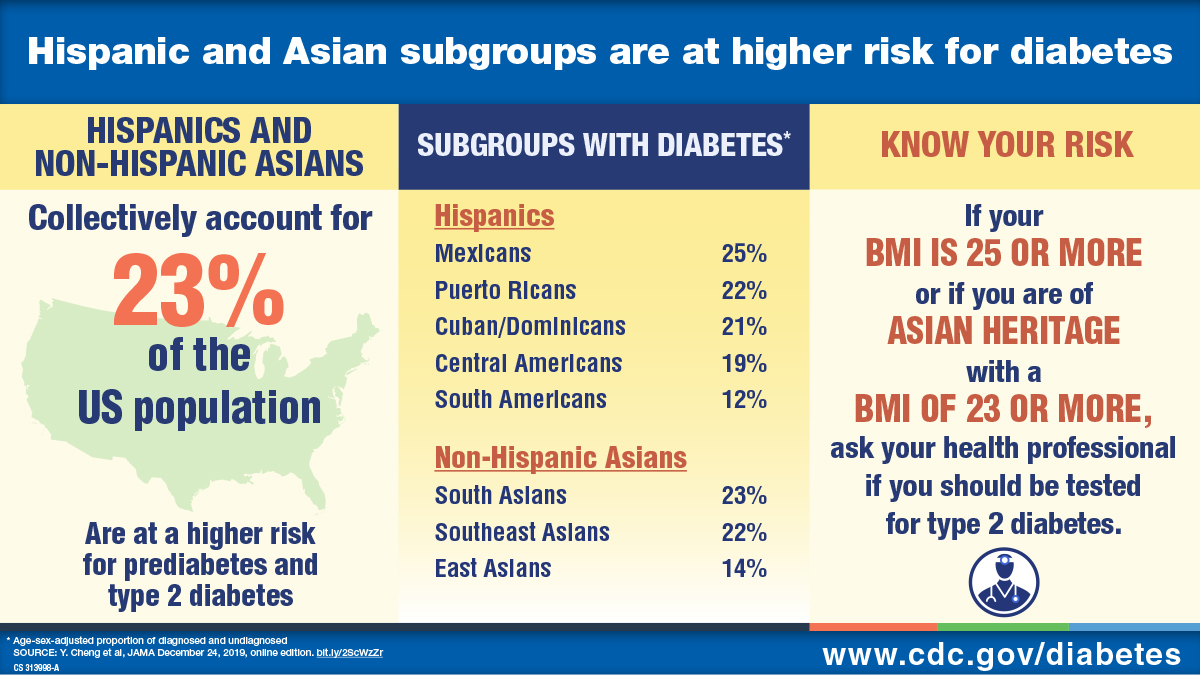¿Podria Tener Prediabetes
Evaluación Del Riesgo De Prediabetes
What is Diabetes?
¿Qué es la diabetes?
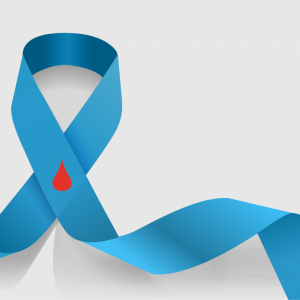
- A chronic disease that results in too much sugar (or glucose) in the blood. There are three main types of diabetes:
- Type 1 Diabetes: The pancreas produces little or no insulin and typically occurs in children or young adults but can also occur in adulthood.
-
Type 2 Diabetes: The pancreas still produces insulin but the body does not use it as it should; typically diagnosed in adulthood but also can be diagnosed in children or adolescents.
-
Gestational Diabetes: The pancreas does not make the extra insulin that is needed during the last trimester of pregnancy
-
Pre-Diabetes is a sign of a higher risk for type 2 diabetes. Blood sugars, especially fasting blood sugars are a little higher than normal but not high enough to diagnose diabetes.
Who is at risk?
¿Quién está en riesgo?

- Pregnant women
- Advanced age
- Overweight
- Hispanics
- Asians
- Native Americans
- African Americans
- Veterans
- Mujeres embarazadas
- Edad avanzada
- Exceso de peso
- Hispanos
- Asiáticos
- Nativos Americanos
- Afroamericanos
- Veteranos
What are some of the symptoms of diabetes?
¿Cuáles son algunos de los síntomas de la diabetes?
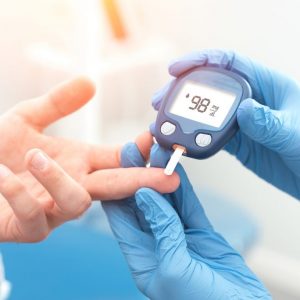
- Increased thirst
- Frequent urination
- Extreme hunger
- Unexplained weight loss
- Fatigue
- Irritability
- Blurred vision
- Slow-healing sores
- Presence of ketones in the urine (ketones are a byproduct of the breakdown of muscle and fat that happens when there’s not enough available insulin)
- Other
-
Aumento de la sed
-
Urinación frequente
- Hambre extrema
-
Pérdida de peso inexplicable
-
Fatiga Irritabilidad
-
Visión borrosa
-
Llagas de curación lenta
- Inexplicable Presencia de cetonas en la orina (las cetonas son un subproducto de la degradación de los músculos y la grasa que ocurre cuando no hay suficiente insulina disponible)
- Otro
What are some of the long-term complications of diabetes?
¿Cuáles son algunas de las complicaciones a largo plazo de la diabetes?
- Damage to blood vessels
- Cardiovascular disease
- High blood pressure
- Stroke
- Nerve damage (neuropathy)
- Kidney damage (nephropathy)
- Eye damage (retinopathy)
- Skin conditions
- Damage to teeth and gums
- Hearing impairment
- Foot ulcers
- Depression
- Daño a los vasos sanguíneos
-
Enfermedad cardiovascular
-
Hipertensión
-
Carrera
-
Daño a los nervios (neuropatía)
-
Daño renal (nefropatía)
-
Daño ocular (retinopatía)
-
Condiciones de la piel
-
Daño a dientes y encías
-
La discapacidad auditiva
-
Úlceras de pie
-
Depresión
What medications/treatments are most common?
¿Qué medicamentos / tratamientos son los más comunes?
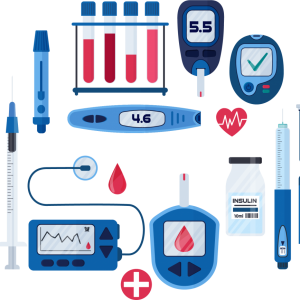
- Consult your doctor to assess your situation and develop a treatment plan
- Follow a nutrition plan prescribed by your doctor
- Set fitness goals with the help of your doctor and track your progress
- Insulin
- Consulte a su médico para evaluar su situación y desarrollar un plan de tratamiento.
- Siga un plan de nutrición recetado por su médico
- Establezca objetivos de acondicionamiento físico con la ayuda de su médico y realice un seguimiento de su progreso
- Insulina
What is the best exercise regimen?
¿Cuál es el mejor régimen de ejercicio?

-
Please consult a doctor before starting a new exercise regimen.
-
Consulte a un médico antes de comenzar un nuevo régimen de ejercicios.
What foods should you eat as a diabetic?
¿Qué alimentos debe comer como diabético?
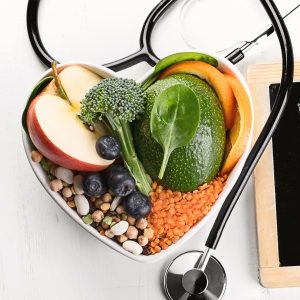
- There are many healthy, fulfilling food choices available—work with your nutritionist and doctor to develop the best menu plan
- Some of the best foods are leafy greens, citrus fruits and beans
- Hay muchas opciones de alimentos saludables y satisfactorias disponibles: trabaje con su nutricionista y médico para desarrollar el mejor plan de menú.
- Algunos de los mejores alimentos son las verduras de hoja, los cítricos y los frijoles.
What foods should you avoid as a diabetic?
¿Qué alimentos debes evitar como diabético?

- Cut down on sugar
- Foods with trans fats
- White rice, white bread, pasta
- Reducir el azúcar
- Alimentos con grasas trans
- Arroz blanco, pan blanco, pasta
Diabetic recipes
Recetas para diabéticos
Where can I go for help with my diet or just diabetes questions in general?
¿Dónde puedo buscar ayuda con mi dieta o simplemente si tengo preguntas sobre diabetes en general?
River Valley Health Services Telehealth
Call 952-567-8205
Telemedicina River Valley Health Services
Llámanos 952-567-8205
National Resources
Minnesota Resources
Literature and Video Links
Carver & Scott County Food Resources
CAP Agency
This is a local agency providing resources for a variety of needs, such as food shelves, homelessness prevention programs. 952-469-2125
712 Canterbury Road Shakopee MN 55379
Southwest Carver County Food Shelf 952-467-1870
10 First Ave NE, Norwood-Young America Serves residents of Norwood-Young America, Hamburg and Cologne
Friends for Life Food Shelf 952-955-1980
309 Lewis Ave S, Watertown Serves residents of Watertown and Mayer
Bountiful Basket Food Shelf 952-556-0244 1600 Bavaria Rd, Chaska Serves residents of Carver, Chanhassen, Chaska and Victoria
Free Community Meals:
- St. John’s Lutheran Church, 300 E 4th St, Chaska Every Monday, 5:15-6:15 PM
- Waconia Moravian Church, 209 E 2nd St, Waconia Last Wednesday of the month, 5:30-6:15 PM
Fare for All 763-450-3880 Hosted monthly at sites in Chaska and Buffalo (Wright County), call for dates and more information. www.fareforall.org
Women Infants & Children (WIC) 952-567-8229
303 E 6th St, Chaska WIC ensures families have the nutritious food needed to create and sustain a healthy lifestyle. The program includes supplemental food and nutrition education for low-income, pregnant, breastfeeding, postpartum women and at-risk children.
The Nutrition Program for Women, Infants and Children (WIC) provides monthly checks for healthy foods for pregnant women, nursing moms, and children under age 5 years. WIC offices also provide health education and screening services, breastfeeding support, and referrals to many more health and social services.
Currently in Carver County, the WIC program is administered by the Community Action Partnership of Scott, Carver and Dakota counties. Please visit their WIC website to learn more.
Call to set up delivery 952-442-5478
11 S Elm Street, Waconia, MN 55387Walk-ins only. Serves residents of Waconia, St. Bonifacius, New Germany, Cologne, Victoria and district 110.
COVID-19 Updates: Current service is pre-packaged food that is offered via a “drive-thru” that includes both perishable and non-perishable items.
